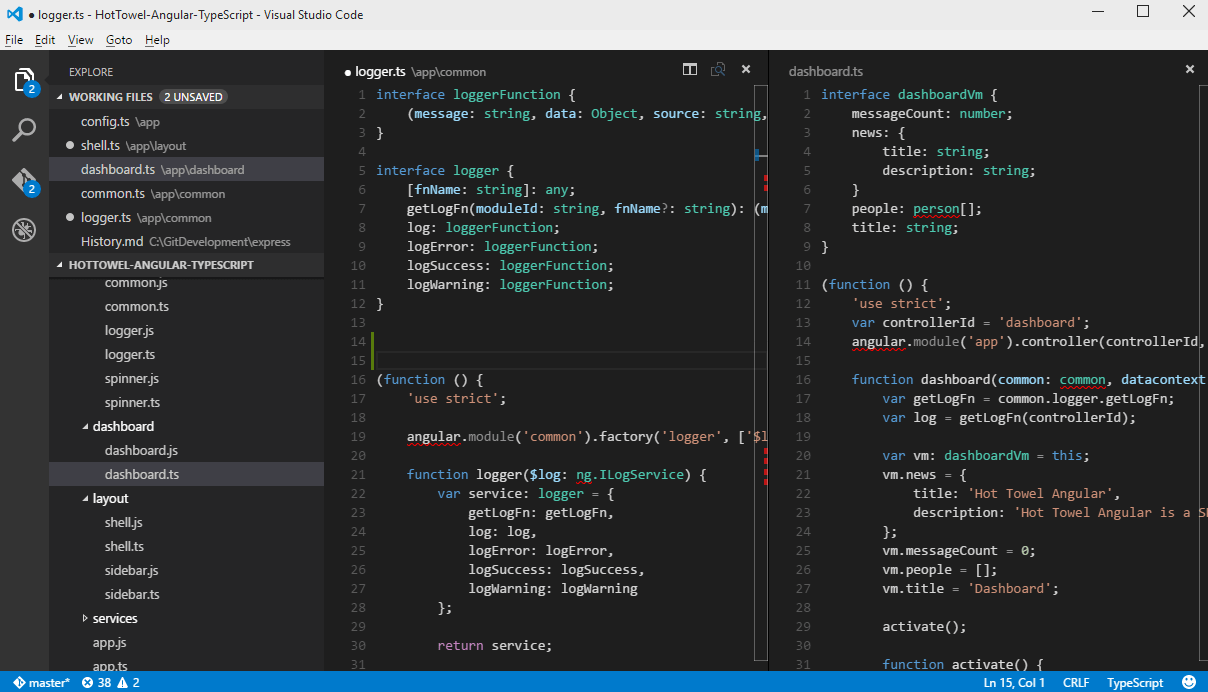

- #Visual studio code how to#
- #Visual studio code install#
- #Visual studio code full#
- #Visual studio code android#
- #Visual studio code code#
After that, save it by clicking File and then Save As….
#Visual studio code code#
You can now open up VS Code and create a new file by clicking File and then New File. Now, you need to create a new TypeScript file. Next, run the following command to make a project directory:
#Visual studio code install#
Install the typescript package globally by running the following command in your terminal: The first step toward working with TypeScript is to install the package globally on your computer. Step 1 - Installing and Compiling TypeScript Visual Studio Code (VS Code) downloaded and installled.
#Visual studio code how to#

#Visual studio code android#
Moving on, there’s also a feature to be able to generate your own Icons and splash screens for iOS and Android via the Capacitor Asset tool chain.
#Visual studio code full#
So whatever you need to do when developing your app, this extension will give you full access to it. But that’s not all, you can also perform various tasks declared in your package.json. You can perform a build, start the development server, or sync your web assets with the native projects. If you’ve created a new project through the extension or have one that you’ve created via the Ionic CLI, you’ll see a bunch of new capabilities in the extension’s view.įor starters, you can perform common actions that devs perform when developing their apps. This changes however once the project is done being generated. So far, this all very similar to the starting experience to the ionic start command. Click one of the templates and will prompt you to enter an app name. If you click the drop-downs for each option, you’ll see a list of different templates that are available. If you’re in an empty directory, you can create a new Angular, React, or Vue project. When you click this, you’ll get one of two views. With the extension installed, you’ll notice a new Ionic logo in the activity bar. Well, today we’re thrilled to announce a new extension for Visual Studio Code that handles all of this, and so much more! Want to build your app? Want to add a platform? What about deploying to the simulator? All this is made possible by Ionic and Capacitor CLIs. Historically, when working with Ionic/Capacitor, the CLI is the main interface developers use to invoke various functions.


 0 kommentar(er)
0 kommentar(er)
